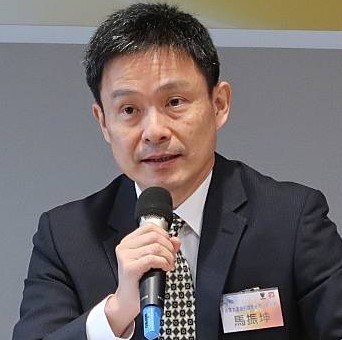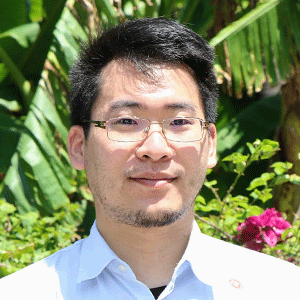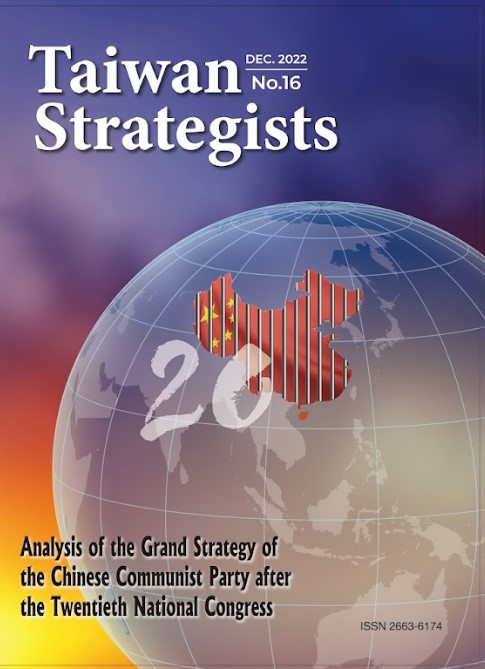Taiwan Strategists No. 16
- PDF1. China’s Foreign Policy Development and U.S.-Sino Relations After the Twentieth Chinese Communist Party Congress
- PDF2. The CCP 20th National Assembly and PLA Live-Fire Drills Around Taiwan:Lessons Learned
- PDF3. The Dilemma of China’s Belt and Road Project and Domestic Economy Strategy After the 20th National Congress of the Chinese Communist Party
China’s Foreign Policy Development and U.S.-Sino Relations After the Twentieth Chinese Communist Party Congress
Hung-Jen Wang
Professor, Department of Political Science,
National Cheng-Kung University
Abstract
On October 22, 2022, the Chinese Communist Party (CCP) concluded its 20th Party Congress, a key political event held twice per decade to unveil the direction of China’s domestic and foreign policy. The meeting attracted great interest from international media, but held few surprises for experienced observers. As expected, Chinese leader Xi Jinping started his third term as president, breaking the convention of a two-term/10-year limit established by Deng Xiaoping, and sending a strong message that he is not bound to Party restrictions in his effort to consolidate his personal power. Most commentators have focused on Xi’s statement about leading China into a “new age”; this paper considers challenges and criticisms that are likely to arise. In his opening statement, Xi emphasized the goals of preserving national autonomy and sovereignty in foreign relations and pushing back against “external forces,” especially those showing support for Taiwan independence. This paper also discusses the likelihood of Chinese foreign relations becoming increasingly confrontational, in part because of Xi’s expanding power, and in part because of fundamental differences in values between China and the West, especially concerning democracy and human rights. The greatest threat to Taiwan might not be China’s rising material power, but rather Beijing’s efforts to overturn established liberal/Western practices on the island-nation.
Keywords: Xi Jinping, 20th Party Congress, External Forces, Taiwan Independence, Power Consolidation
The CCP 20th National Assembly and PLA Live-Fire Drills Around Taiwan: Lessons Learned
Cheng-Kun Ma
Professor, Graduate Institute of China Military Affairs Studies,
National Defense University
Abstract
It is clear in the report of the Chinese Communist Party (CCP) 20th National Congress that Secretary General Xi Jinping still insists on a “peaceful solution” as the first option for resolving the Taiwan “problem” and accomplishing the sacred goal of national reunification. Xi showed his insistence on a “peaceful” solution by reiterating the goal of “peaceful reunification” and the One Country, Two Systems appeal first introduced by Deng Xiaoping. Xi also drew a clear red line by warning “We will continue to strive for peaceful reunification with the greatest sincerity and the utmost effort, but we will never promise to renounce the use of force, and we reserve the option of taking all measures necessary. This is directed solely at interference by outside forces and the few separatists seeking Taiwan independence and their separatist activities; it is by no means targeted at our Taiwan compatriots.” The meaning of Xi’s report “achieving the goals for the centenary of the People’s Liberation Army in 2027 and more quickly elevating our people’s armed forces to world-class standards” is to ask the People’s Liberation Army (PLA) to put attention on the mission of military build-up instead of combat readiness for war in the next five years. Taiwan has learned from the CCP 20th National Congress and the recent series of PLA live-fire drills — not to mention the Russian-Ukrainian war — that it is necessary for Taiwan security to establish asymmetric warfare capabilities, to modernize symmetric warfare capabilities, and to reform the reserve forces.
Keywords: CCP 20th National Congress, Xi Jinping, Taiwan Issue, PLA Exercises around Taiwan, Russian-Ukrainian War
The Dilemma of China’s Belt and Road Project and Domestic Economy Strategy After the 20th National Congress of the Chinese Communist Party
Wei-Hao Huang
Assistant Professor, Institute of Political Science,
National Sun Yat-sen University
Abstract
China proposed the Belt and Road Initiative (BRI) under conditions of a thriving domestic economy and a friendly international environment. The BRI serves to redirect domestic money surplus, upgrade dated industries, and rebuild the prestige of China as a great power. However, today’s environment of global finance is different from when China first unveiled the BRI. This article reviews the future development of the BRI from the following dimensions: (1) the shadow of China’s domestic economy, (2) a weak renminbi against the U.S. dollar, and (3) rising tensions in Sino-U.S. relations. These factors will significantly increase the cost of implementing BRI in China and reduce the benefits. After the 20th National Congress of the Chinese Communist Party (CCP), the above conditions continued to burden the BRI. As Xi and its new leadership persist in the BRI, it will be a more challenging dilemma for China and his BRI to resolve in the 2020s than a decade ago.
Keywords: China’s Economic Policy, Belt-Road Initiative, Foreign-Exchange Reserves, USD Exchange Rate, Internationalization of RMB




